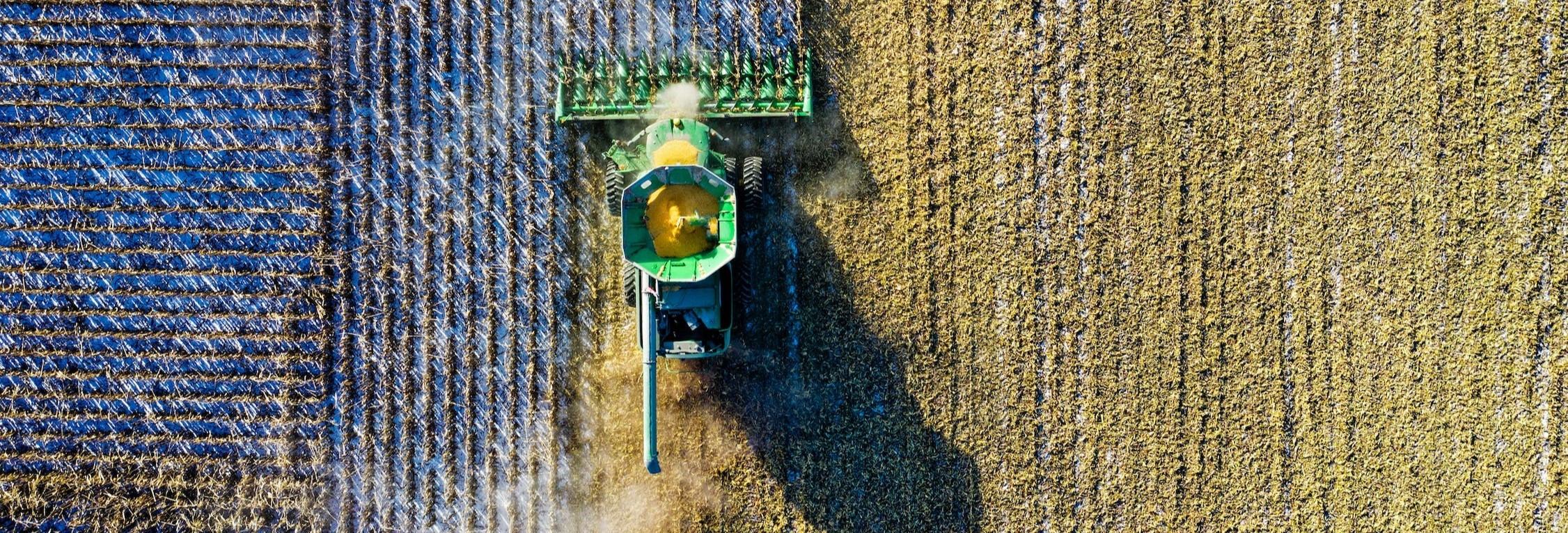Abstract
The goal is to develop a point-of-care biosensor for the detection of live pathogens contaminating beef products. Biosensing of live pathogens is based on isothermal amplification of nucleic acid on a paper-based device. A colorimetric dye is employed as an indicator of the amplification product for visual result. The assay incorporates a compound Propidium monoazide (PMA) that makes the DNA from dead cells inaccessible for amplification. This approach is especially applicable for pathogens that can enter a viable but non-culturable state (VBNC).
Start Date
2-3-2023 3:00 PM
Recommended Citation
Kaur, Simerdeep and Verma, Mohit, "Nucleic Acid Detection of Live Pathogens on Contaminated Foods" (2023). Graduate Industrial Research Symposium. 16.
https://docs.lib.purdue.edu/girs/2023/posters/16
Included in
Nucleic Acid Detection of Live Pathogens on Contaminated Foods
The goal is to develop a point-of-care biosensor for the detection of live pathogens contaminating beef products. Biosensing of live pathogens is based on isothermal amplification of nucleic acid on a paper-based device. A colorimetric dye is employed as an indicator of the amplification product for visual result. The assay incorporates a compound Propidium monoazide (PMA) that makes the DNA from dead cells inaccessible for amplification. This approach is especially applicable for pathogens that can enter a viable but non-culturable state (VBNC).


